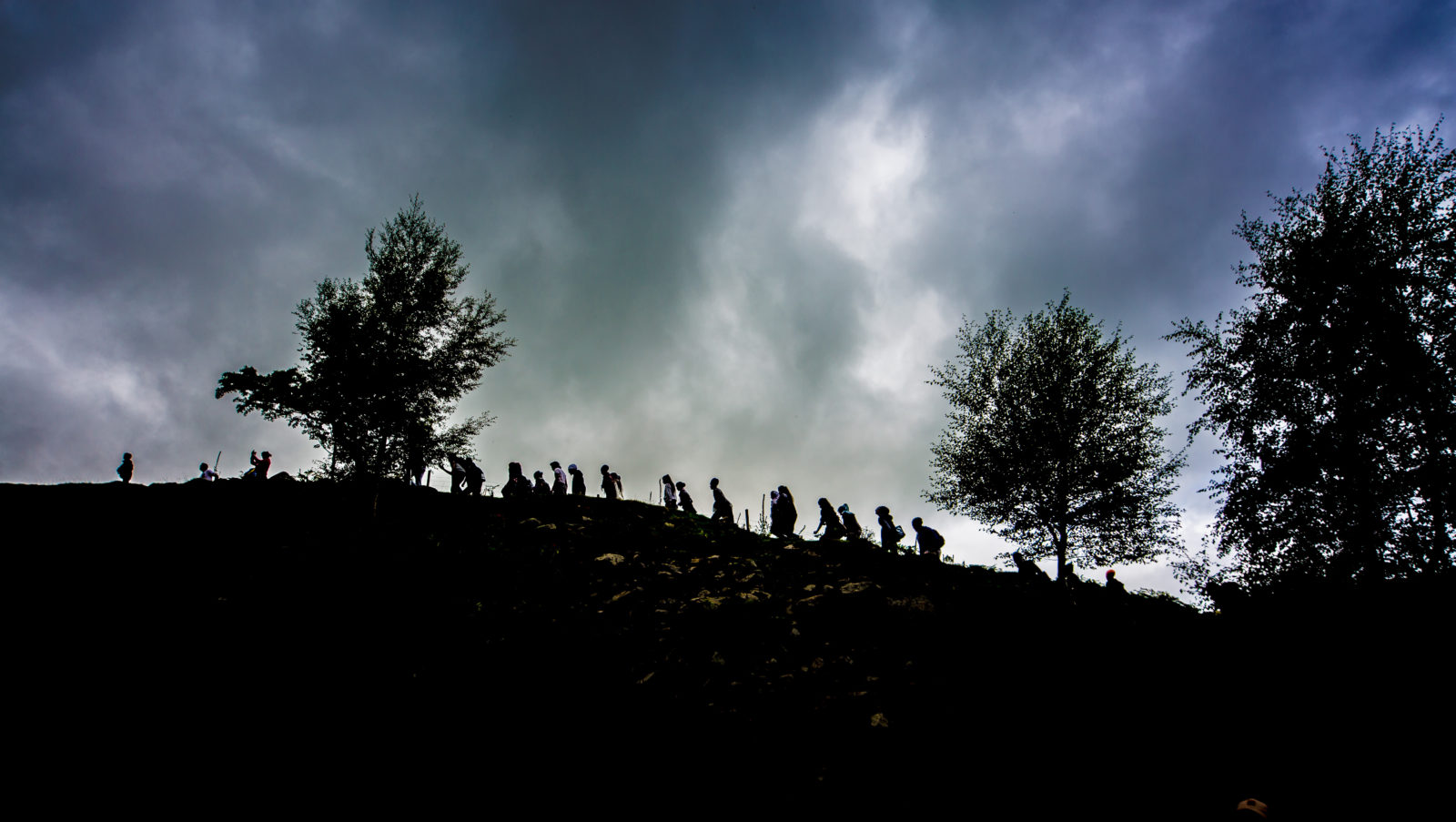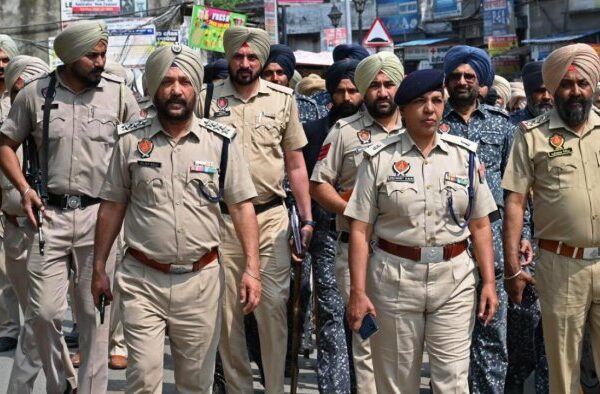History is Not a Homogenous Tale: A Take on the Unconventional Anand Karaj
by Baghael Kaur
We cannot take for granted that the ceremonies which we participate in as Sikhs, as we know them today, are perfect replicas of what Guru Sahib created for us. In fact, any study of history would support the strong possibility (in the absence of eye witness accounts from the time, a hukam issued by Guru Sahib regarding the ceremony, references in Gurbani, etc) that such ceremonies are not perfect replicas, but are products of the interface between (mainly) Panjabi culture and Sikhi.
I think that it’s popular to imagine history as a monolithic and homogenous tale, one that naturally becomes more ‘conservative’ and ‘authentic’ the further back you go, and more ‘deviant’ as one moves towards the future – yet, I myself have heard stories of couples from the 1950s who sat during the lavaan in order to prevent bringing undue attention to themselves, and to ensure that the sangat remained focused on Guru Granth Sahib ji (and one couple in particular is highly regarded within the panth).
Religious history moves like waves, greater diversity of practices meeting periods of solidification and codification (see: Singh Sabha movement). I am not placing a judgement on these waves – whatever way they go – all is Guru’s hukam. And I share similar concerns with others that it often seems that Guru Granth Sahib ji is not respected as the centre of the anand karaj ceremony, and that we must be very humble when considering alterations, for fear of genuinely going against hukam.
However, I’m a little suspicious of the level of outrage and shock in response to the decision this couple made to walk side by side during the lavaan – especially when we all know that there are MASSES of things that happen before, during and after the anand karaj that are in fact clearly against Sikhi, or are done for reasons that may not be against Sikhi but that’s only because we don’t actually know WHY they’re done (i.e. why is oil applied to door frames before the bride comes home?). In fact, if we don’t know why we’re doing something, isn’t that inherently against the teachings of Guru Sahib, who admonishes us to reject empty ritualism?
It seems like we’re ok with adjustments – in one generation we’ve seen the introduction of bridesmaids and flower girls – but when an adjustment comes along that seeks to challenge gender inequality, then suddenly it’s against Sikhi?
Essentially, if tradition means ‘from Guru Sahib ji’ – then clearly, no alteration must be made. If, however, tradition means – the development of a ceremony or way of doing something which emerged after Guru Gobind Singh ji’s time, the practice of which is unverifiable as emerging from hukam, then perhaps a discussion is due when such practices seem to replicate and support social injustices.





